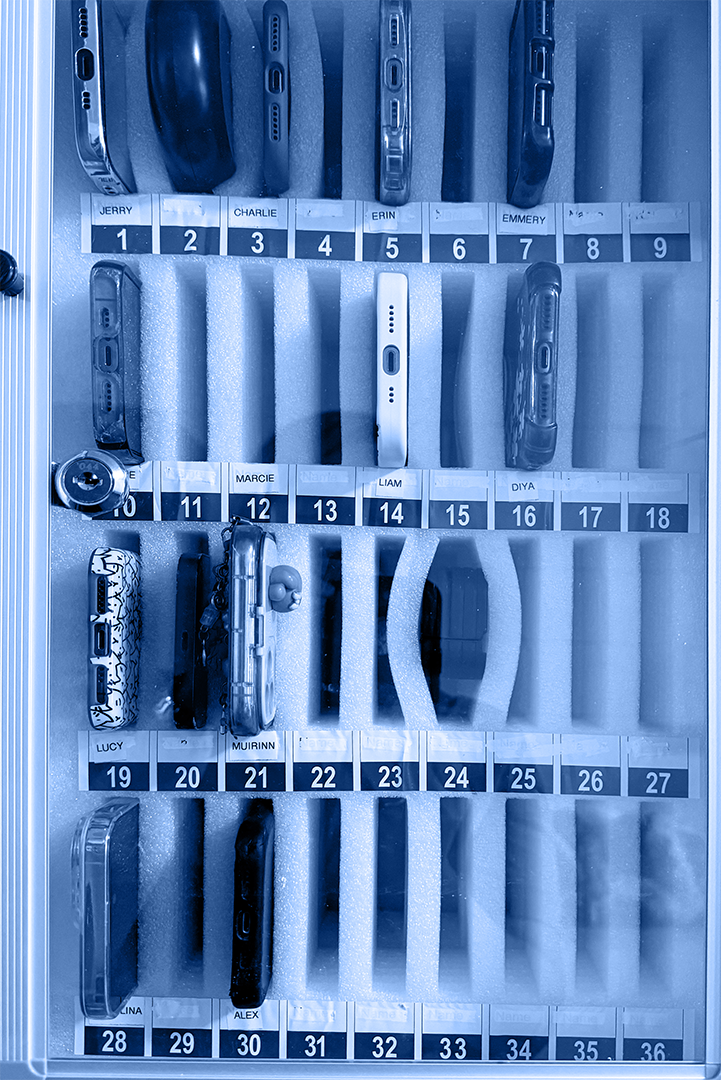



Walk our campuses, meet our passionate faculty, and come see what human-centered education looks like in action.

Have questions about our school or whether WSP is the right fit? Our Admissions Team is here to listen, guide, and help you explore your options.



